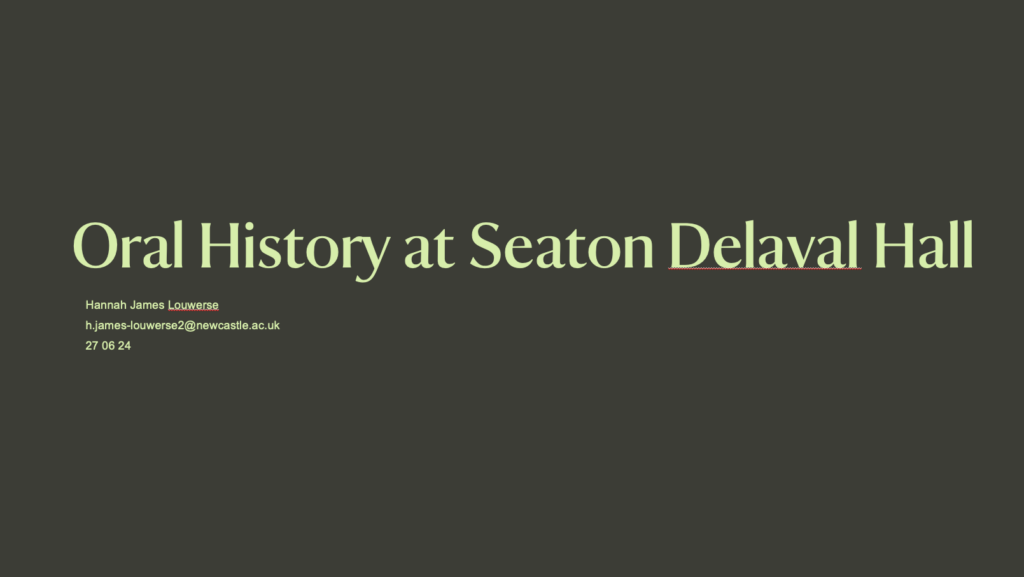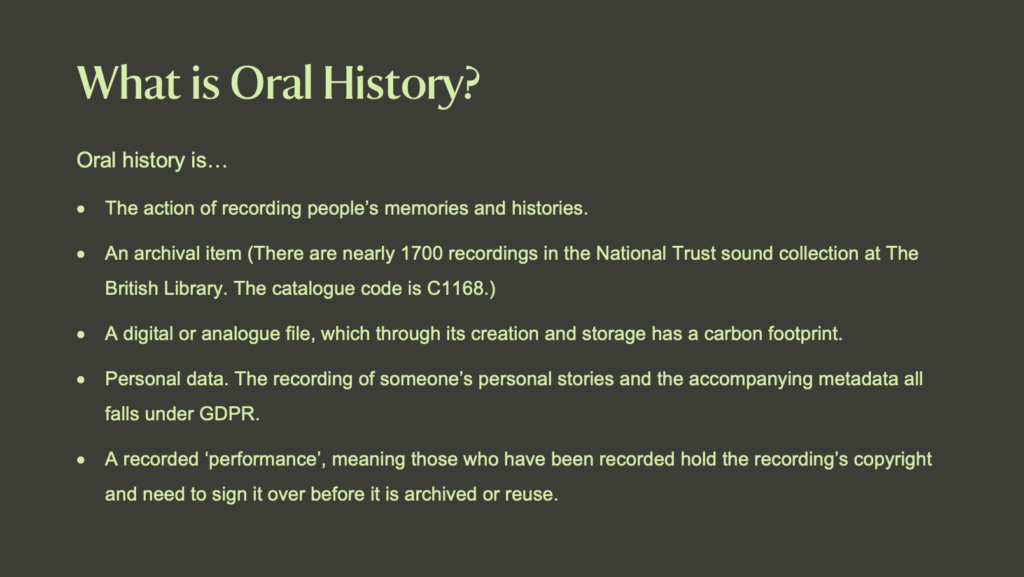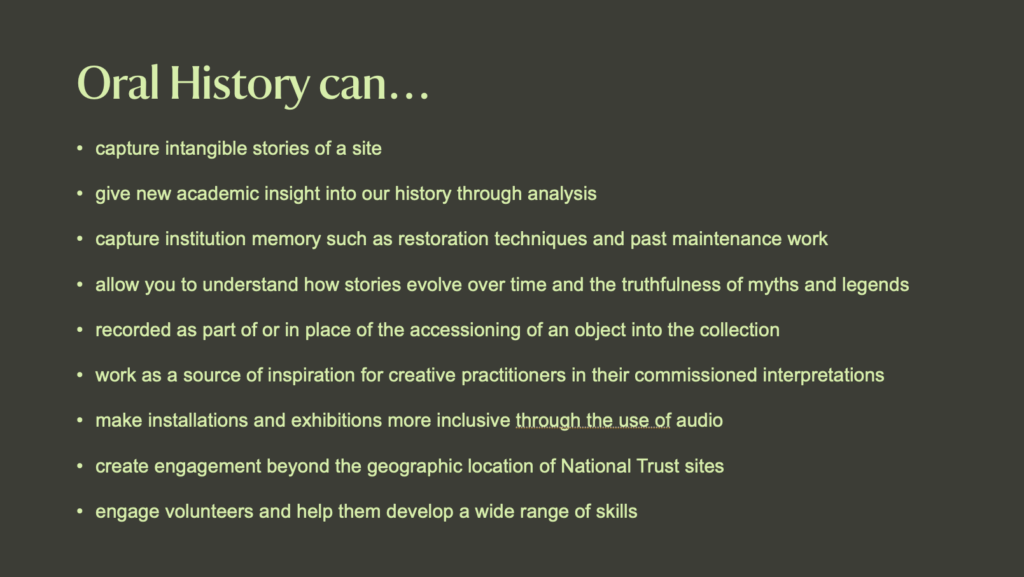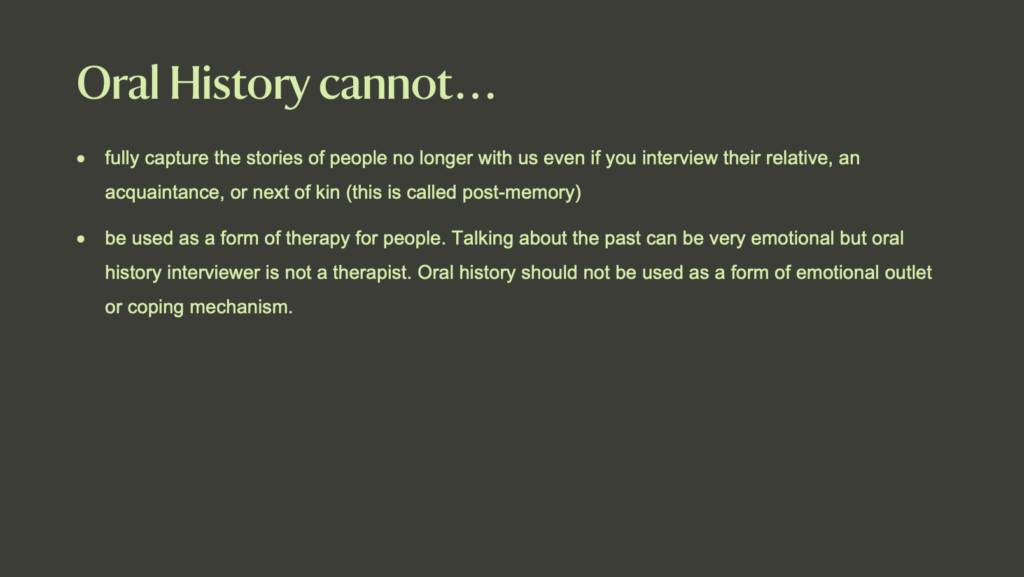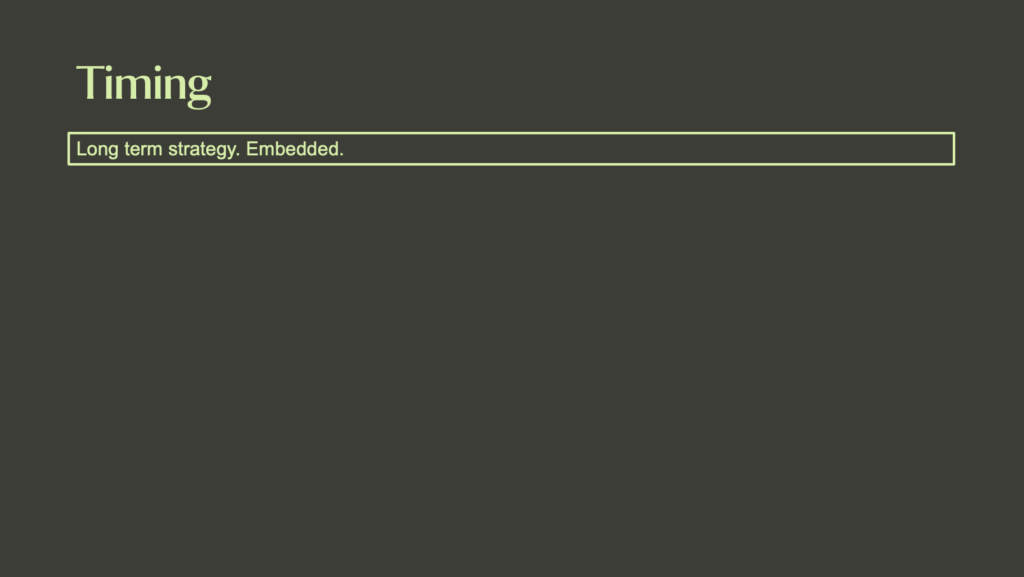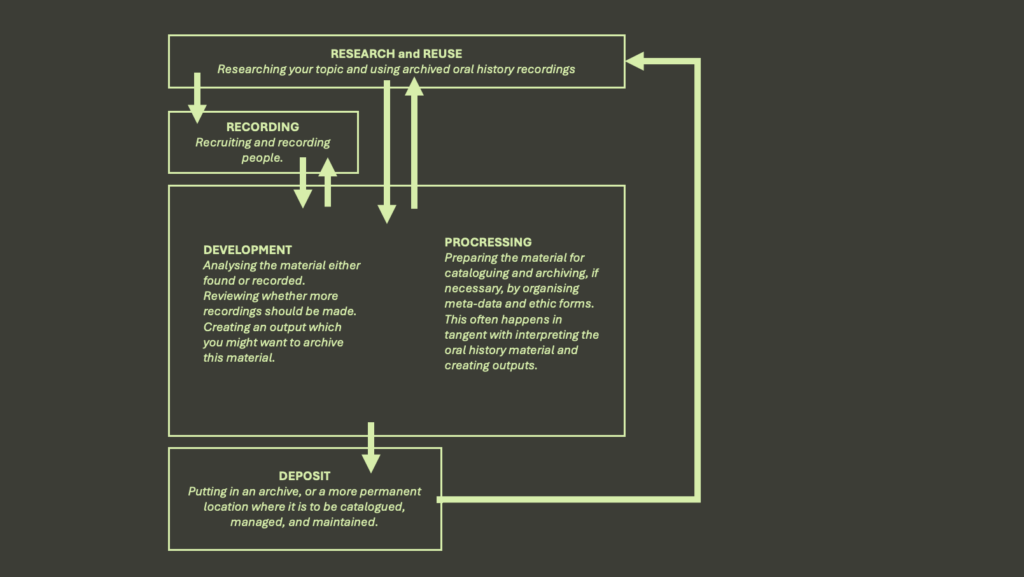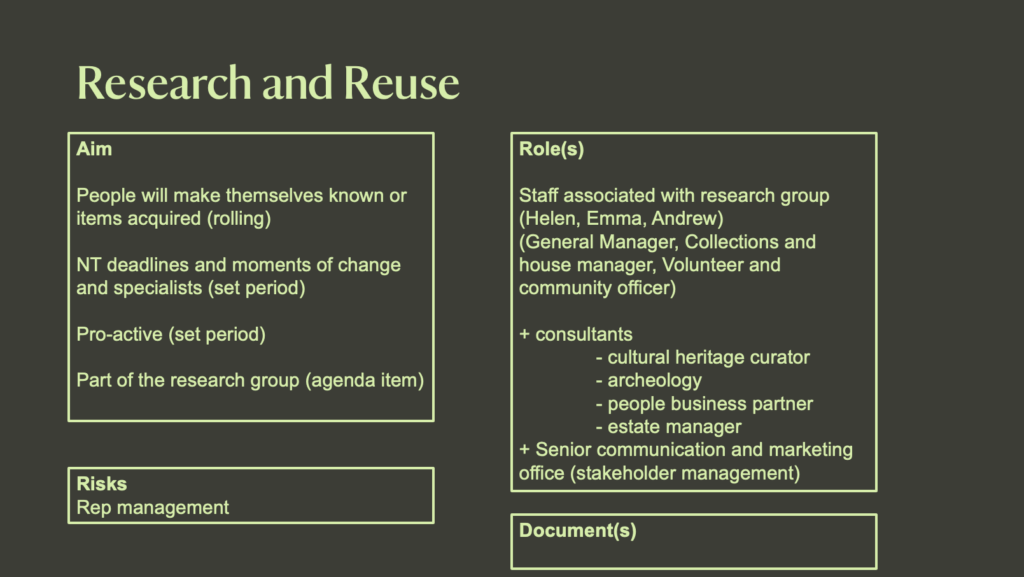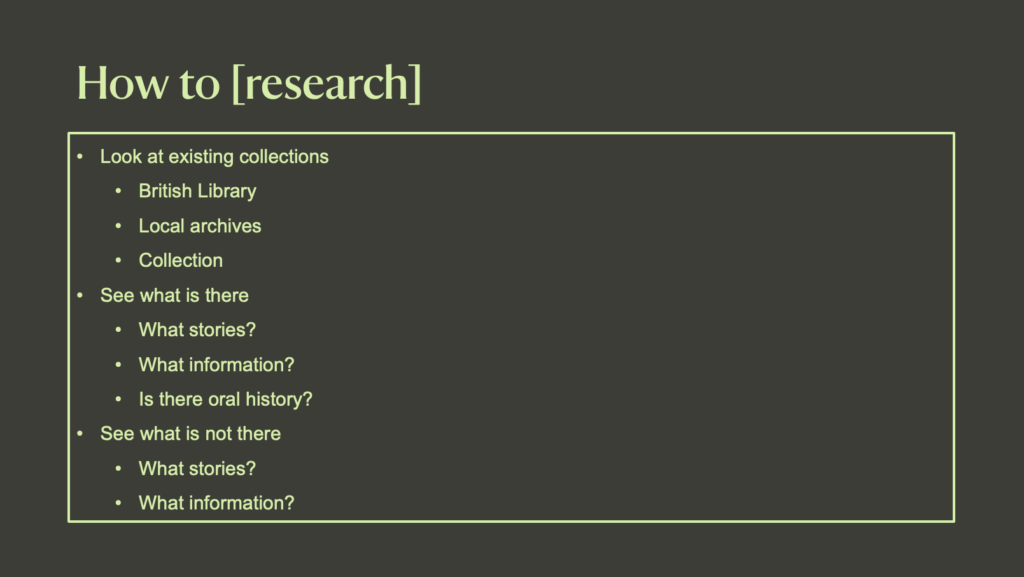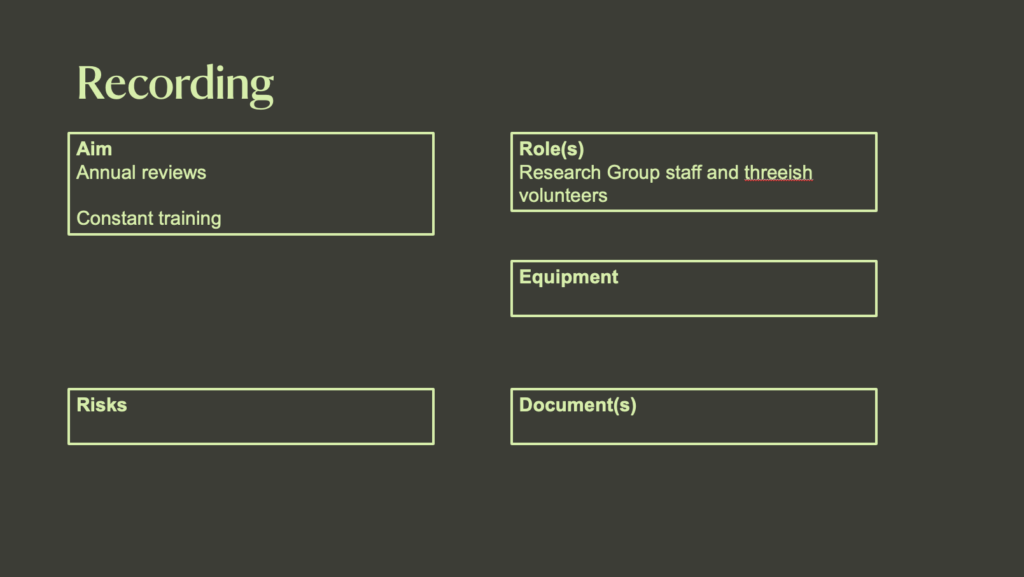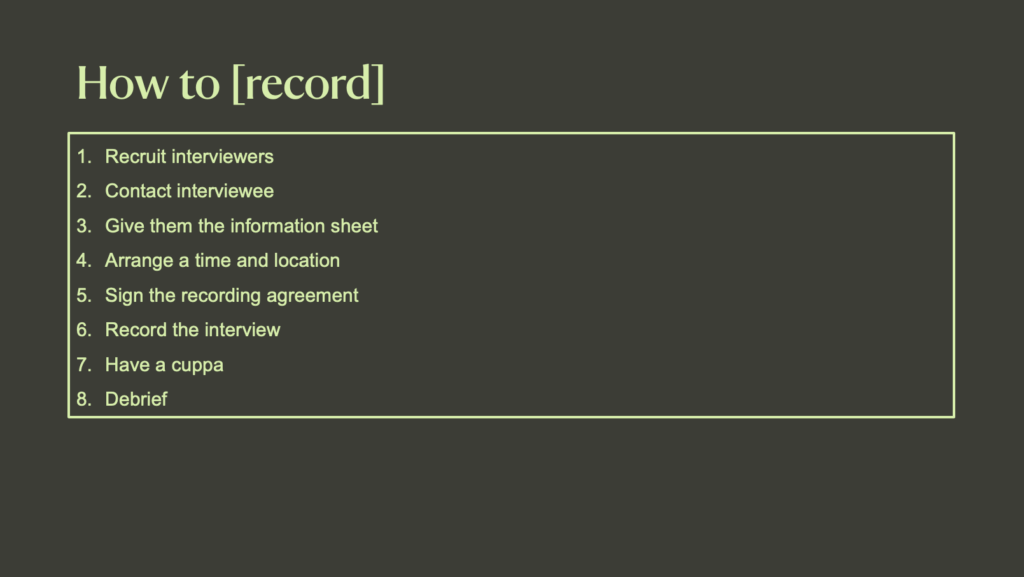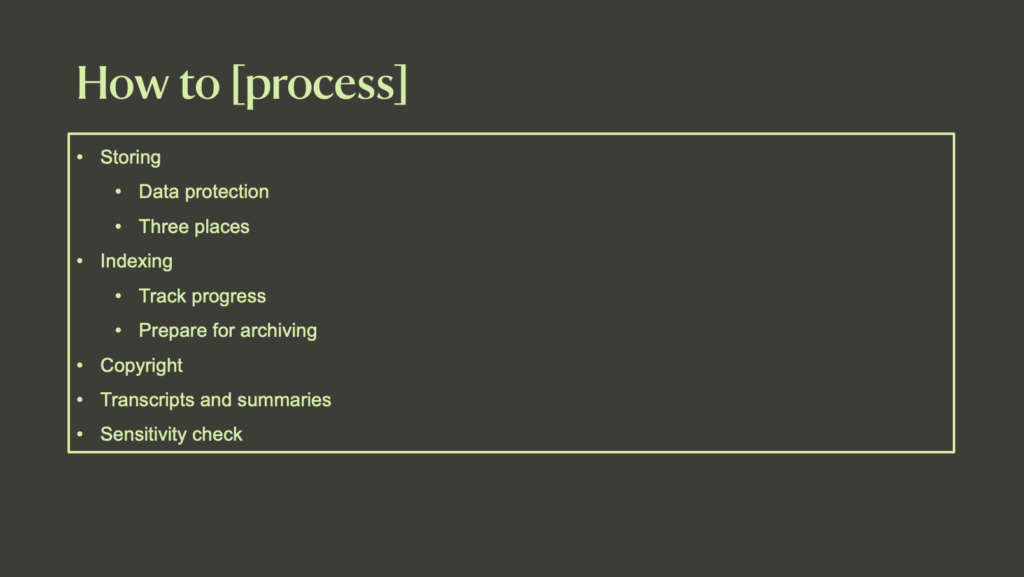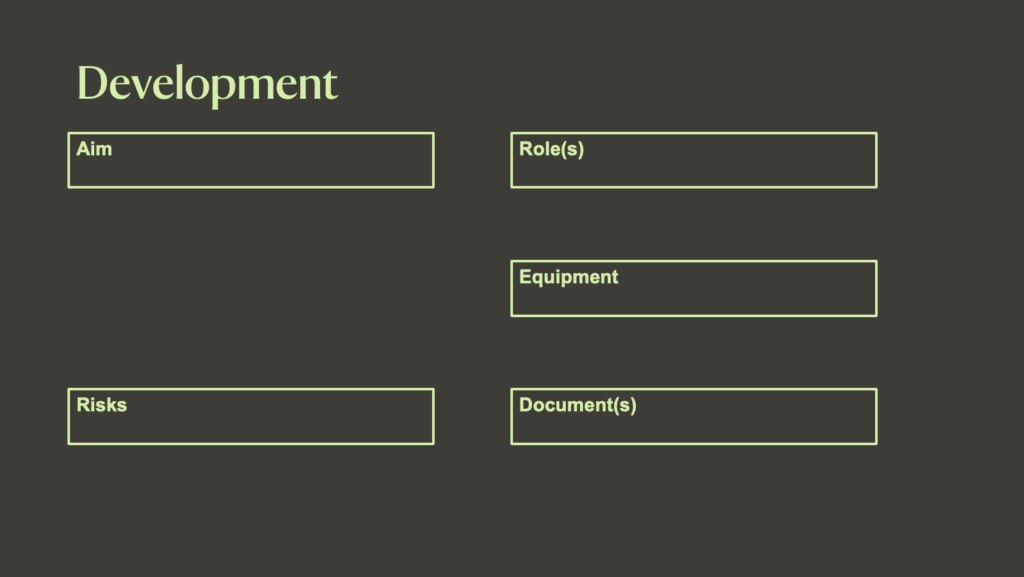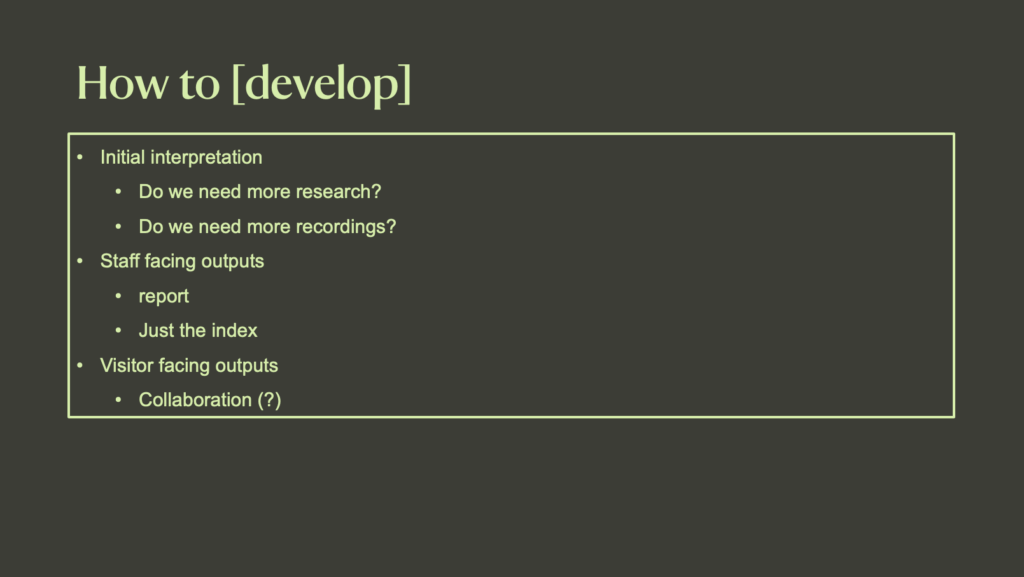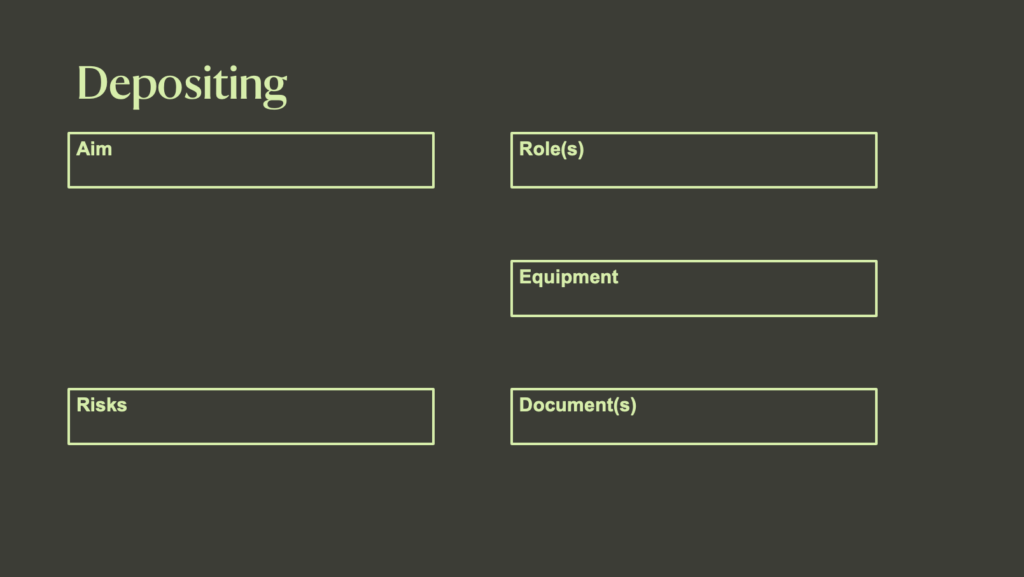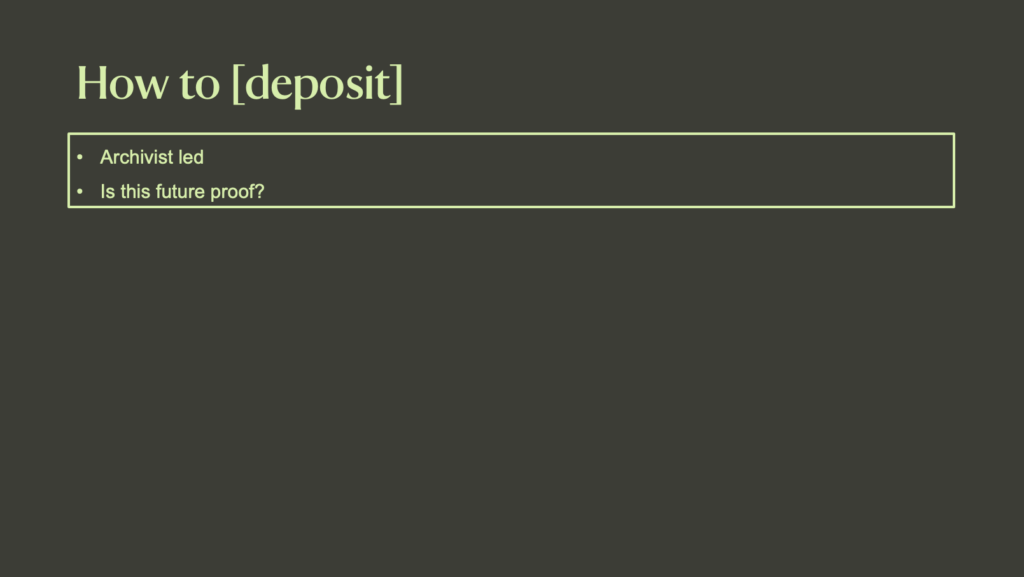Category Archives: Workshop
OHD_WKS_0208 NT Oral History Workshop
The overal aim of this workshop is to understand the value of oral history to heritage sites and understand the resources needed to safely store and exhibit these oral histories
Activity One: Oral History Braindump
Aim: To understand the value of oral history to heritage sites.
Task: To start with the participants will be asked to “dump” all the times they have listen to an oral history good or bad. They will then pick out the positive or negative feelings they had while experiencing these oral histories in an effort to understand the value of listening to oral history.

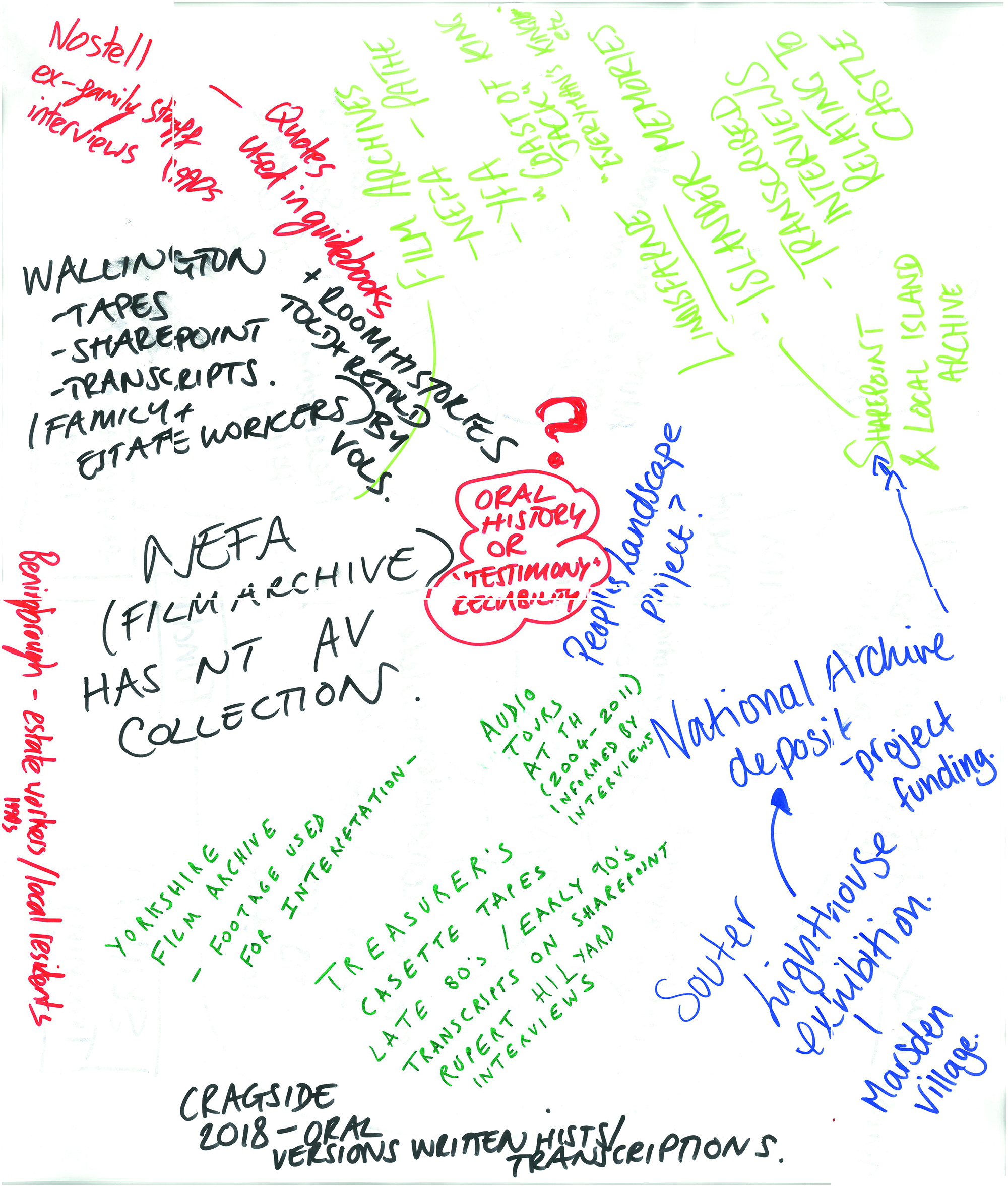
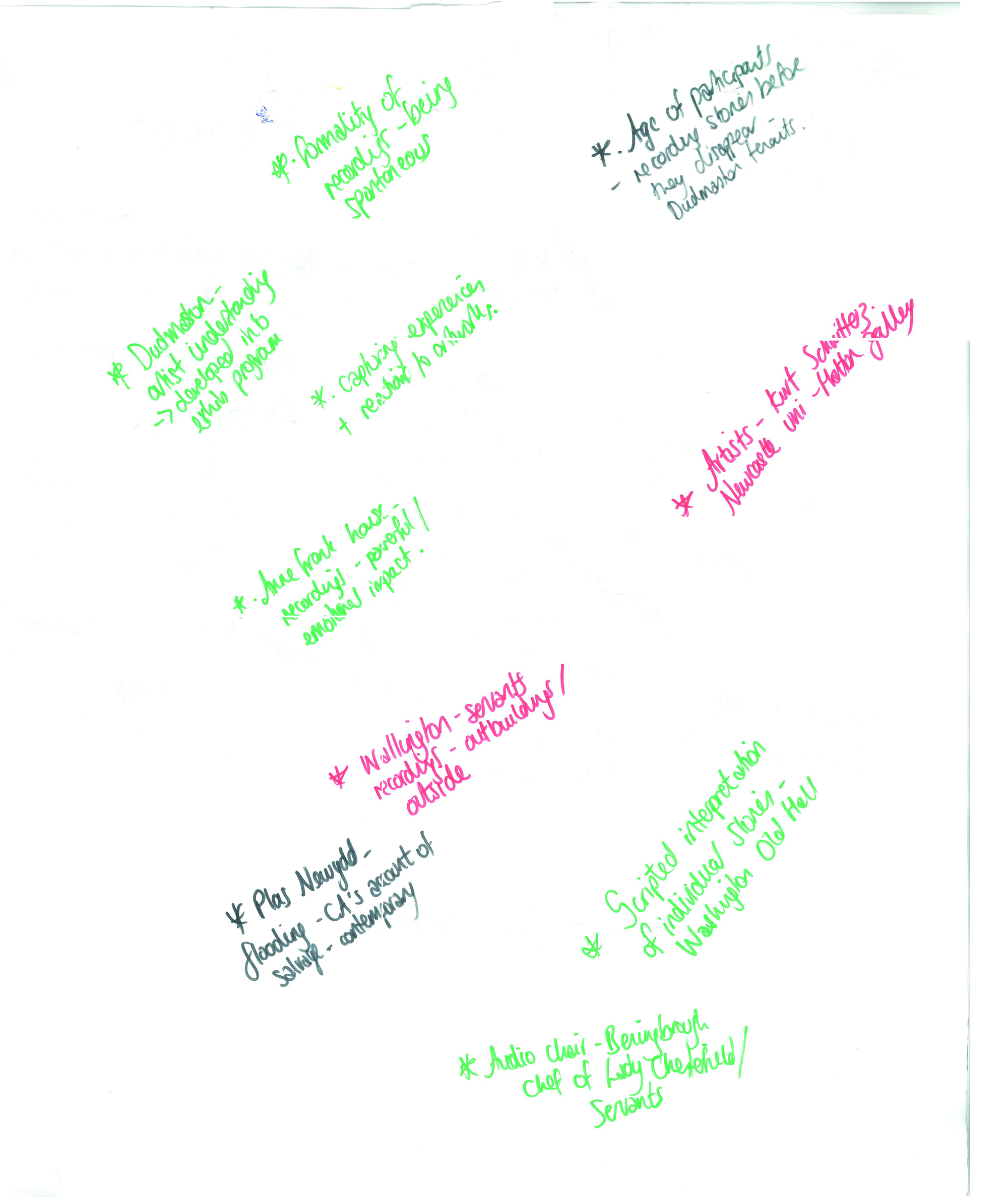
Activity Two: Breaking down an oral history recording
Aim: To understand what we need to do to make and keep an oral history recordin
Task: First, the participants will be asked to think about is needed to make an oral history recording. Then they will be asked what is necessary to keep an oral history recording.
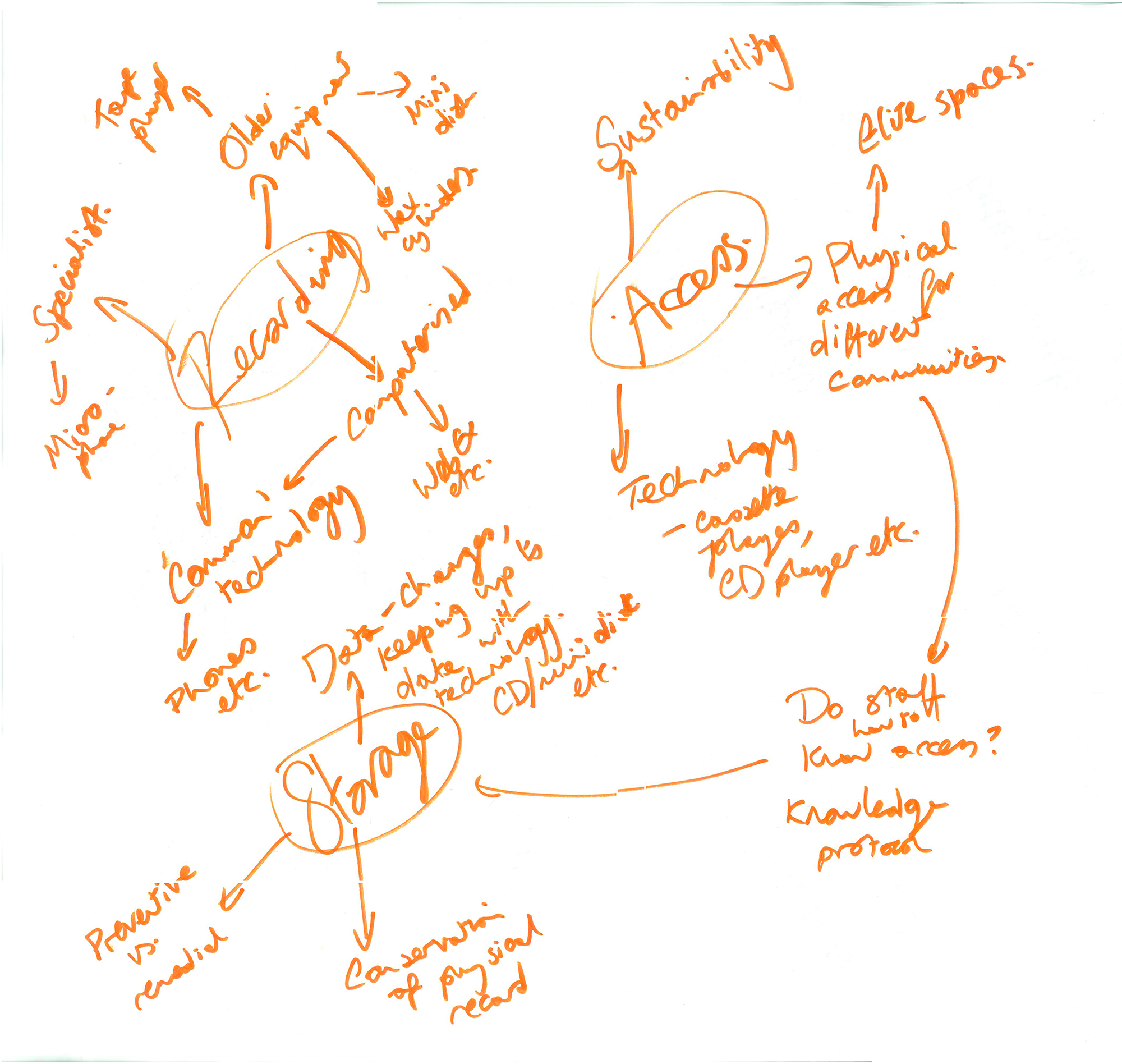
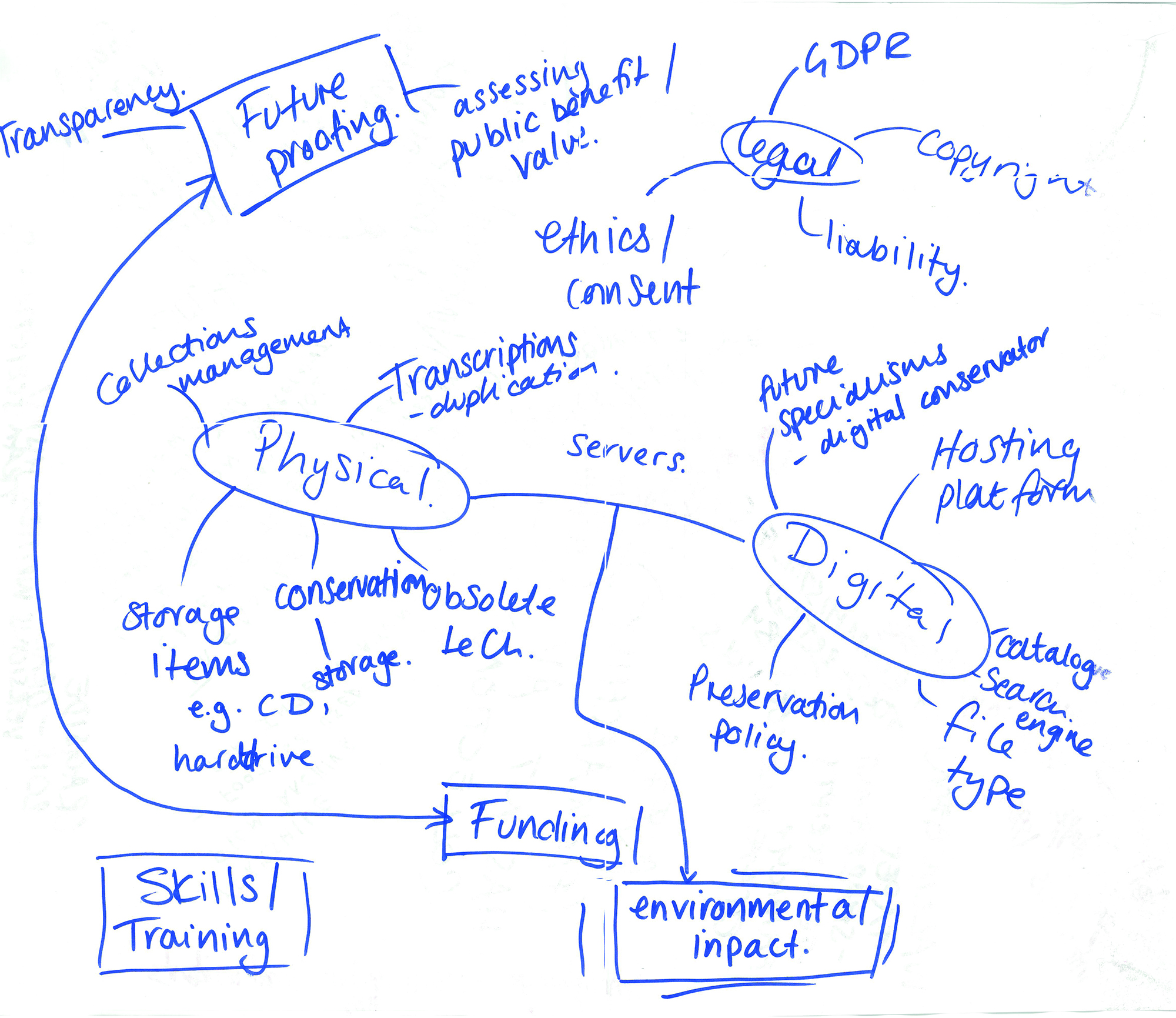
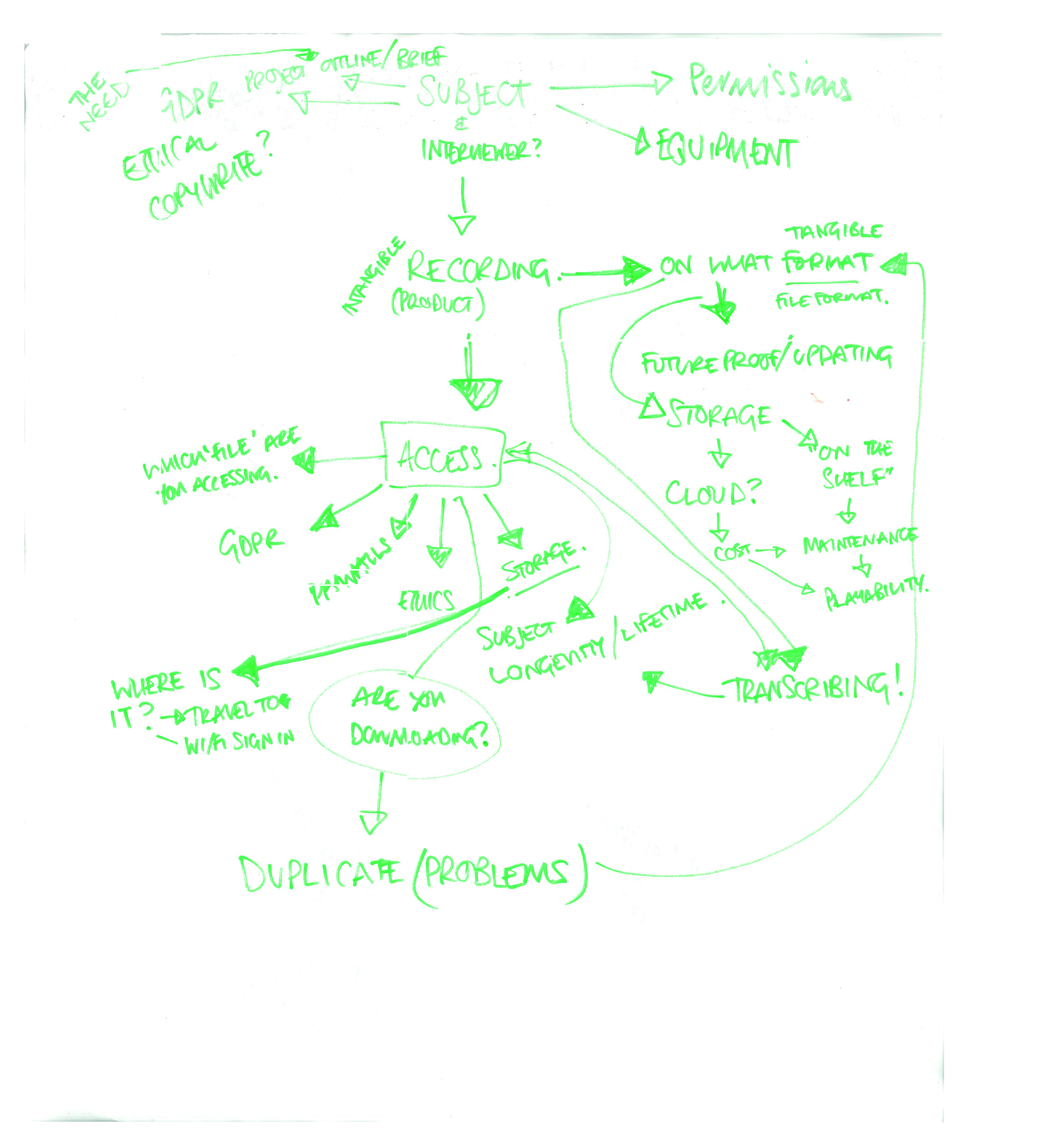
Activity Three: What are we going to make?
Aim: To come up with ideas for the use of oral history by drawing on the two previous activities
Task: The participants are asked to come up with ideas that best display the value of oral history but also consider the resources, labour and ethics that are involved with handling an oral history.
Activity three was never completed
OHD_WKS_0207 SDH Creative Community Workshop
1st edition
Workshop – Building new knowledge from multiple perspectives. Generating 360 degree interpretation involving communities in telling their stories and sharing their knowledge.
The community that surrounds Seaton Delaval Hall already shares their stories, so the first step is to capture them, which can be achieve through oral history recordings and other story sharing sessions. But capturing is completely pointless if we do not have a good plan of where we are going to put it and what we are going to do with it. These two questions need to influence each other, there needs to be something that bridges them.
Items
- Cassette
- CD
- SD card
- QR code
- Transcript
- Hardrive
- Photographs
- Postcard
- Diary entry
- (Artifact) – delicate object
- Newspaper
Possible idea: Make a table with two columns: Where are we going to put it and where are we going to put it. + no man’s land
Ghost
- Box
- Sketchbook
- Folder + forms
- Quilt?
Possible idea: Start with the idea of a no man’s land the space between the museum and the archive.
Possible idea: Create the rules of no man’s land
Topics
- Banquets
- Flower festivals
- Fundraising
- Curtain Rises Project
- Tearooms
- Surrounding area
2nd edition
Workshop – Building new knowledge from multiple perspectives. Generating 360 degree interpretation involving communities in telling their stories and sharing their knowledge.
This workshop will hopefully allow the participants to make the concept of a “360 degree” history of the hall more tangible and practical, through various hands on fast paced activities.
Activity One – Word association
Task: Do word association with the term “360 degrees”
Aim: Get the participants to break down the idea concept of “360 degrees” into more tangible ideas and warm up their creative thinking.

Activity Two – A 360 space
Task: The group is split into there groups. Each group a assigned a “space” where they have to create their “360 degree” history. The three spaces are a room, a box, and a booklet. The group then comes back together and presents the three spaces to each other.
Aim: To get the participants to physically create the idea of a “360 degree” history of the hall in a restricted space.
Activity Three – The fourth dimension
Task: The full group of participants are given newspaper headlines from the future. The participants then have to think how the events in the newspaper affect their space.
Aim: To get the participants to think about how they need to future proof their spaces within the “360 degree” history.
Activity Four – Reflection and conclusion
Task: Allow the group to reflect on their work.
Aim: To bring the workshop to a conclusion and have the participants articulate their workshop journey.
OHD_WKS_0204 THINKING CARDS: How would you archive this?

How would you archive this?
– a interview that is closed off for 30 years but is digital
– with transcript
– with photographs analogue
– about gender
– about race
How would you access this?
TASK:
Start conversations around how we archive things
AIM:
Collect experts’ opinions on strange archiving situation
TYPES OF CARDS
ARCHIVE
– KGB archive
– British Library
– https://www.alternativetoronto.ca/archive/about
– https://creativememory.org/en/archives/
– TWAM
– Black archive
ARCHIVE ITEM
– A wax cylinder recording of an aboriginal voice
– Australian housewives
– Sex workers
– Transperson
– UN oral history
– Lady at the races
– The Edwardians
– With photographs
CHANGE
– Terrorism
– Fire
– Flood
– Earthquake
– Malware
– Ethnic cleansing
–
fire, accidental
fire, arson
flooding, from outside flooding, from inside earthquake
other ‘natural causes’
armed conflict
removed by occupying forces civil disorder
terrorism
inherent instability
bacteria, insects and rodents mould and humidity
dust
pollution
bad storage
lack of restoration capacity bad restoration
neglect
while moving offices administrative order unauthorised destruction theft
use
INTERPRETERS
– Podcasters
– Journalist
– Artist
– Writers
– Film makers
– Creators
– Investigators
– Historians
– Family
– People in search of identity
OHD_MDM_0159 Design Manifesto Mindmap
OHD_WKS_0131 Break the Archive
My first workshop with strangers! It was called Break the Archive and it was really fun but too short. You can download my report below.
OHD_WKS_0129 Creating Space for Voice
Miro Board
A link to the workshop Miro Board
Workshop Plan
In this workshop the participants will be asked to reflect on which spaces restrict or elevate voice and what elements, methods, or tactics are used to make these spaces. They will be challenged to turn to archives and question how this space handles voice and what it could learn from other spaces. It is a workshop where no idea is a bad idea, and thinking outside of the box is a must.
All of the activities will be using a miro board to capture what is being said and explored.
Intro (2 mins)
I will very briefly introduce myself, my project and what we are going to do in the workshop.
Activity One: What is an archive? (10 mins)
Aim: To break down the symbols and language of the archive
Task: The participants will be deconstruct the archive through the five senses. What doing they see, smell, hear, feel, and taste when they are in an archive or think of when they hear the word ‘archive’?
Activity Two: The Scale of Voice (10 mins)
Aim: To map different spaces on a scale of suppressing the voice to elevating the voice and identifying where people feel they are most listened to
Task: The participants will be asked to think of the spaces where they feel their voice heard and where they feel their voice is suppressed. Hopefully, spaces from museums to dinner tables to secondary school classrooms to Twitter will be mapped along a scale, which in the end will show us where people feel most comfortable to speak.
Activity Three: What are these spaces? (10 mins)
Aim: To break down the symbols and language of the spaces where the participants feel their voice is most elevated
Task: Just like the first task the participants will deconstruct the space where they feel the most listened to through the five senses. What doing they see, smell, hear, feel, and taste when they are in these spaces? Depending on the number of people participating each space can be tackled consecutively if there are not many participants or in break out rooms where each rooms breaks down a different space.
Activity Four: What now archive? (15 mins)
Aim: To generate ideas and concepts that could transform the archive into a space more like those where people feel heard
Task: The participants will be invited to compare and contrast the experiences of archives and the spaces dissected in the previous activity, and use this as inspiration to create concepts and ideas that could make archives into a more voice friendly space.
Final thoughts (What ever time is left)
At this point people can ask questions, add any additional thoughts and ideas to the miro board, and generally reflect on the workshop as a whole.
